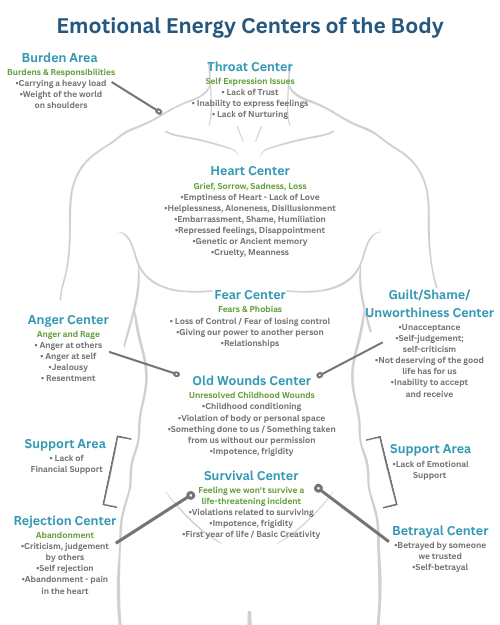What Is Your Fascia Holding Onto? (And Why It Matters More Than You Think)
I recently returned from a transformational fascia retreat in Puerto Rico with renowned healer Maria Alfieris—and what I learned there has added a powerful new layer to the way I help my clients heal.
Most people have never even heard of fascia. But once you understand what it is—and how it stores the emotions and stress you thought you had already “moved on” from—it makes a lot of sense why your body might feel tense, heavy, or stuck.
So… what is fascia?
Fascia is the connective tissue that wraps around and through everything in your body—muscles, bones, organs, nerves. It’s like an internal web that gives your body structure and flow.
But fascia is more than physical. It’s energetic. It responds to your emotional state.
When we experience trauma, overwhelm, or long-term stress, that emotional energy can get trapped in the fascia—especially if we didn’t have time, space, or support to process it at the time. Over time, this creates restrictions in the fascia, which can show up as:
Chronic pain or tension
Postural imbalances
Fatigue or a sense of heaviness
Difficulty healing
Emotional “numbness” or reactivity



Emotions have a place in the body.
One of the most eye-opening things I’ve learned in both my Spinal Flow training and now through fascia work is just how specific the body is when it comes to emotions. Here are a few examples:
| Body Area | Common Stored Emotions |
|---|---|
| Neck & Jaw | Suppressed anger, unspoken words, frustration |
| Shoulders | Carrying burdens, pressure to perform, overwhelming “shoulds” |
| Chest & Heart | Grief, heartbreak, rejection, emotional shutdown |
| Upper Back | Resentment, holding back love, fear of vulnerability |
| Lower Back | Financial stress, lack of support, fear for survival |
| Hips & Pelvis | Fear of change, grief, shame, stored trauma |
| Knees & Legs | Resistance to moving forward, fear of the unknown |
When we gently release these areas—through fascia work, breath, and intentional touch—we release the emotional charge as well. And that’s where deep, lasting healing begins.
